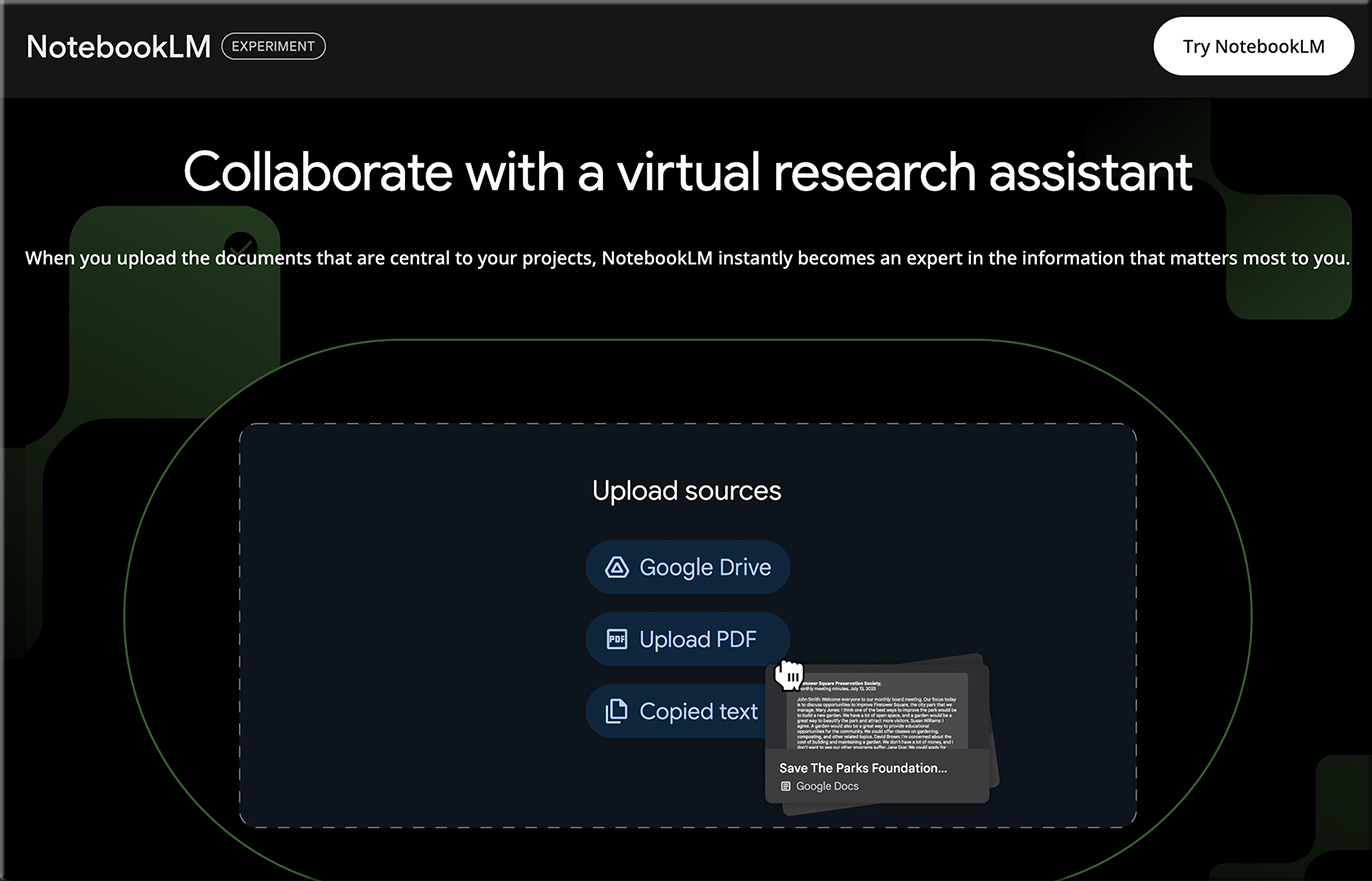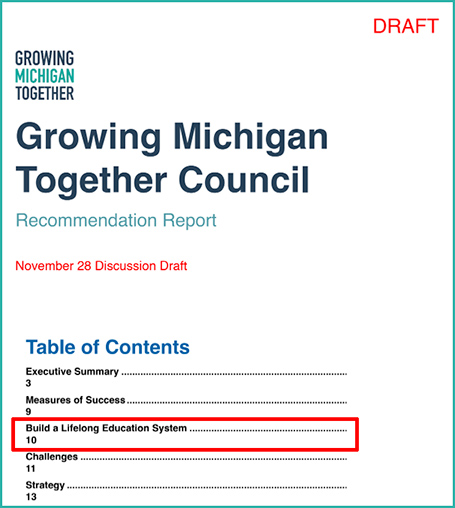Generative AI Is Set to Shake Up Education — from morganstanley.com
While educators debate the risks and opportunities of generative AI as a learning tool, some education technology companies are using it to increase revenue and lower costs.
Key Takeaways
- Contrary to the view that generative AI is undermining education, it could ultimately improve access and quality.
- Education technology companies have opportunities from generative AI that markets may be missing.
- Generative AI could bring $200 billion in value to the global education sector by 2025.
- Reskilling and retraining alone could require $6 billion in investments by 2025, with edtech companies poised to fill that need.
Outgoing SNHU president: AI means universities must change ‘dramatically’ — from msn.com by Steven Porter
In his next chapter, LeBlanc will work with a team of researchers to study emerging AI trends, impacts on education, and opportunities to innovate. (The initiative harkens back to his early scholarship. During grad school decades ago, LeBlanc studied the ways computers could impact how societies think.)
LeBlanc said the AI-induced changes on the horizon will require educational institutions to reimagine how they assess student learning and grapple with implications for privacy and data security. There are also bigger questions about what jobs will go away and what jobs will be created, which influences the fields of study schools will offer, he said.
AI & Education: A Year in Review — from drphilippahardman.substack.com by Dr. Philippa Hardman
The top five use cases & most popular tools among educators at the end of 2023 – the year than Gen AI shook-up education
Use Case #1: Content Creation
Use Case #2: Brainstorming & Ideation
Use Case #3: Research & Analysis
Use Case #4: Writing & Communicating
Use Case #5: Task Automation
I Used ChatGPT for 12 Months. Here Are Some Hidden Gems That Will Change Your Life — from theaigirl.substack.com by Diana Dovgopol
Transform your life with these ChatGPT’s hidden gems.
1. Summarize videos, articles, papers and posts
Here’s how it works (note that you need to enable browsing or plugins for this)
- Find the video/article/paper/post.
- Copy the link.
- Ask ChatGPT to summarize it for you.
AI ADVISORY BOARDS: Giving Students and Teachers a Voice — from aiadvisoryboards.wordpress.com
My mission is to spread awareness about the incredible potential of AI and AI advisory boards in education. Through my website, aiadvisoryboards.wordpress.com, I aim to inspire educators, administrators, and students to embrace AI and create innovative learning environments.
Report Update: Human and Computer Deep Learning and the Future of Humanity — from by Stefan Bauschard
New Chapter on School Guidance; updates on technology, the labor markets, and deep learning
















